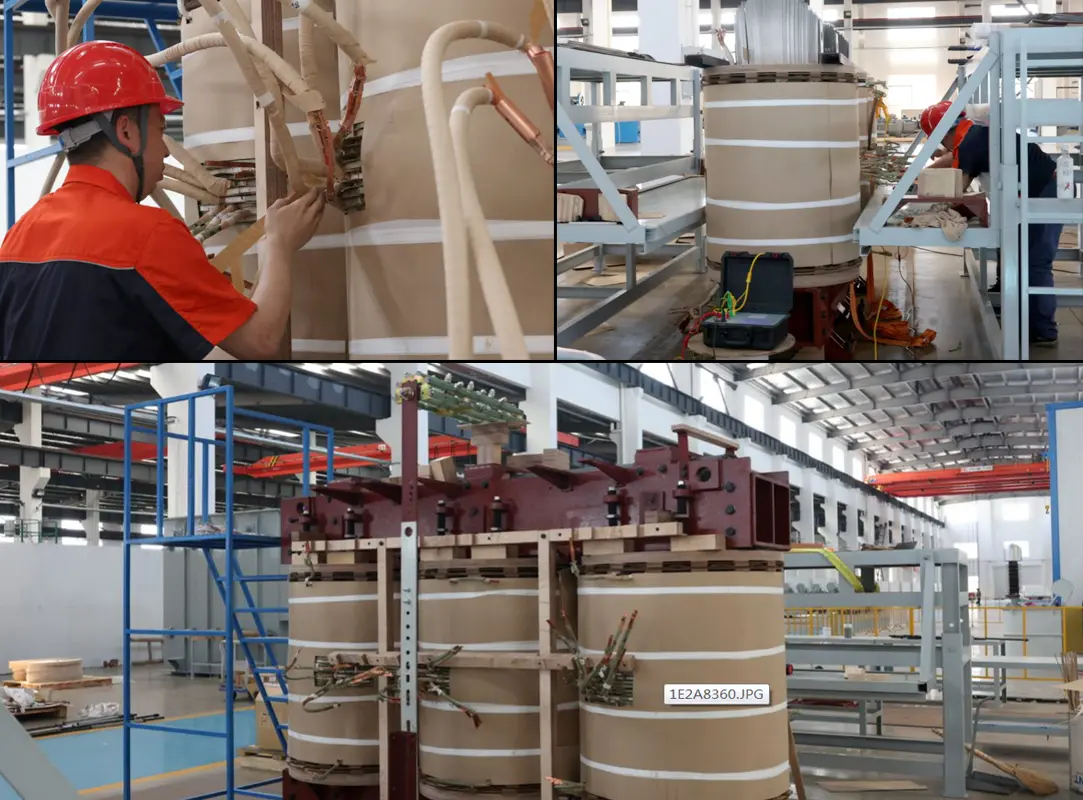The filling and capping machine stands as a testament to human ingenuity in the quest for efficiency and precision. In the bustling corridors of manufacturing facilities across the globe, these mechanical symphonies orchestrate the delicate dance of liquid products finding their homes within bottles, jars, and containers. Yet behind their seemingly simple operation lies a complex web of engineering prowess, regulatory compliance, and economic necessity that touches the lives of millions of consumers daily.
The Heart of Modern Manufacturing
At its essence, a filling and capping machine represents more than mere automation, it embodies the bridge between raw possibility and finished reality. These sophisticated systems have evolved from humble mechanical contraptions into precision instruments capable of handling everything from life-saving pharmaceuticals to the morning coffee that fuels our daily routines.
The modern filling machine operates with a precision that would make a Swiss watchmaker envious. Through carefully calibrated pumps, sensors, and timing mechanisms, these systems ensure that each container receives exactly the intended volume of product. The margin for error in pharmaceutical applications, for instance, can be measured in mere millilitres, a tolerance that demands unwavering consistency.
Understanding the Technical Symphony
The complexity of contemporary capping and filling machinery reveals itself in its intricate components and processes. These systems typically incorporate:
- Volumetric filling systems that measure products with mathematical precision
- Level detection sensors that prevent overfilling and waste
- Servo-controlled capping mechanisms that ensure optimal seal integrity
- Quality control stations that reject improperly filled or sealed containers
- Integration capabilities that seamlessly connect with upstream and downstream processes
The choreography of these elements creates a production ballet where hundreds, sometimes thousands, of containers per hour move through stations with clockwork precision. Each machine represents a microcosm of industrial efficiency, where mechanical engineering meets electronic control systems to create outcomes that consistently meet exacting standards.
The Singapore Standard of Excellence
Singapore’s approach to manufacturing excellence provides valuable insights into best practices for filling and capping operations. According to Singapore’s machinery safety guidelines, “machinery used in Singapore incorporates basic safety features” and manufacturers must ensure comprehensive safety protocols. This regulatory framework demonstrates how progressive nations prioritise both productivity and worker welfare in industrial settings.
The nation’s emphasis on quality control and safety standards has made it a regional hub for sophisticated manufacturing technologies. Local manufacturers have developed expertise spanning decades, with some operations boasting over 40 years of experience in designing and fabricating equipment for various industries.
Economic Implications and Market Dynamics
The economic ramifications of efficient filling and capping systems extend far beyond the factory floor. These machines represent significant capital investments that fundamentally alter production economics. A well-specified system can reduce labour costs by up to 75% whilst simultaneously increasing output capacity and improving consistency.
The global marketplace has responded enthusiastically to these technological advances. Industry analysts project substantial growth in the automatic filling machine sector, driven by expanding pharmaceutical, beverage, and cosmetic industries. This growth trajectory reflects not merely increased demand, but also the recognition that quality filling and capping equipment provides competitive advantages that transcend mere cost savings.
Industries Transformed
The pharmaceutical sector exemplifies the transformative power of advanced filling and capping technology. In sterile manufacturing environments, these machines operate within cleanrooms where contamination control is paramount. The precision required for vaccine production or injectable medications demands equipment that can maintain aseptic conditions whilst delivering exact dosages.
Similarly, the beverage industry relies heavily on these systems for everything from artisanal craft beer to mass-produced soft drinks. The ability to handle various container sizes, product viscosities, and production volumes makes modern equipment invaluable for manufacturers seeking operational flexibility.
Challenges and Solutions in Implementation
Implementing filling and capping systems presents unique challenges that extend beyond technical specifications. Manufacturers must navigate regulatory compliance, operator training, maintenance requirements, and integration with existing production lines. The complexity of these considerations often requires partnerships with equipment suppliers who understand both technical capabilities and regulatory landscapes.
Training programmes become crucial investments, as operators must understand not only the mechanical aspects of equipment operation but also quality control protocols, safety procedures, and troubleshooting methodologies. The human element remains irreplaceable, even in highly automated systems.
Future Trajectories and Innovation
The trajectory of Filling and Capping technology points towards increased automation, improved precision, and enhanced connectivity. Internet of Things (IoT) integration allows real-time monitoring and predictive maintenance, reducing unplanned downtime and optimising production schedules.
Artificial intelligence applications are beginning to revolutionise quality control, with vision systems capable of detecting defects that might escape human observation. These advances promise to further improve product quality whilst reducing waste and operational costs.
Environmental Considerations
Modern filling and capping systems increasingly incorporate environmental consciousness into their design philosophy. Energy-efficient motors, recyclable packaging compatibility, and waste reduction features reflect growing awareness of sustainability imperatives. These considerations are becoming decisive factors in equipment selection as companies align operational practices with environmental responsibilities.
The Pathway Forward
As industries continue evolving, the role of sophisticated filling and capping equipment becomes increasingly central to competitive success. The precision, efficiency, and reliability these systems provide are no longer luxury features but essential requirements for manufacturers seeking to thrive in demanding markets.
The investment in quality equipment pays dividends through improved product consistency, reduced waste, enhanced safety, and increased production capacity. For manufacturers contemplating upgrades or new installations, the selection of appropriate filling and capping machine technology represents a strategic decision that will influence operational success for years to come.






